
Cider 101: A Guide to the Alcoholic Beverage, Plus Some Cans to Get You Started
Dive in to all things apple as we talk to the experts about what makes cider so special.
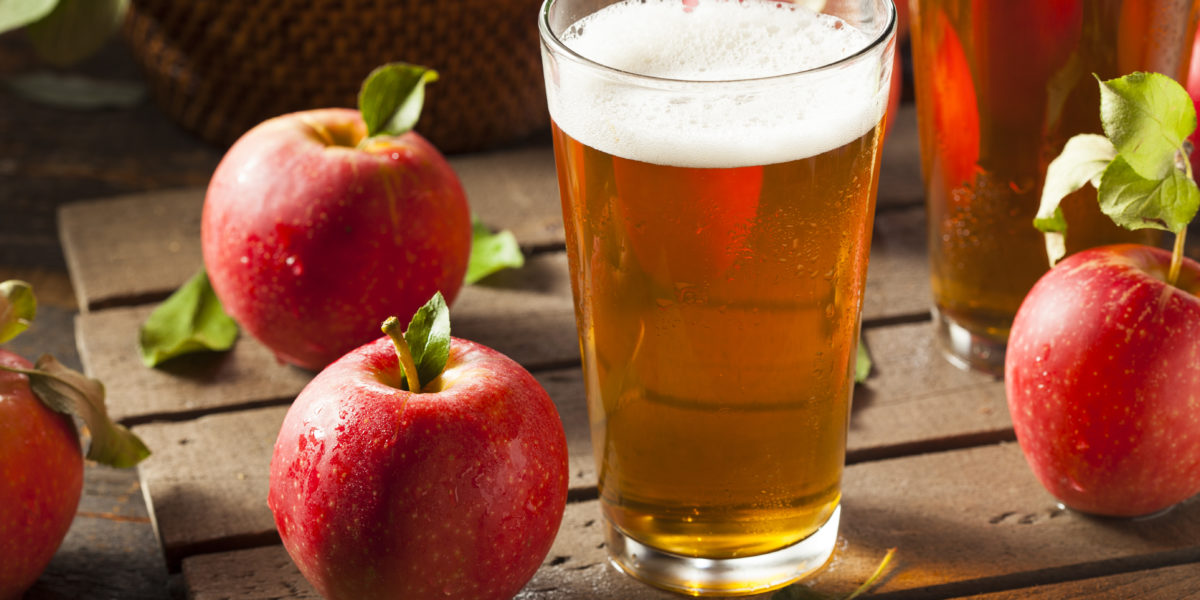
Alcoholic ciders are a treasure to sip and savor. Derived from freshly pressed apple juice, cider is one of the oldest forms of booze we can trace through time. But you may not be familiar with the basics of what cider is, where it comes from, and why it’s so tasty. So, to set the cider record straight and help us all to understand the ins and outs of this age-old drink, we talked with some cider specialists.
As I began asking cider-centric questions, I was quickly corrected on the simplest of cider facts—the way we refer to it. While I once spoke of “hard ciders,” I have now reverted to referring to them strictly as “alcohol ciders.” Jasper Smith from Son of Man, a specialty cider manufacturer in Oregon, told me “We loathe the term ‘hard cider.’ In Spain, France, and the U.K. the word ‘cider’ refers to the fermented product, not the sweet, fresh juice of apples. We don’t call wine ‘hard grape juice!’” Due to this rather inarguable point, for the remainder of this article, remove all thoughts of cider being a warm drink we enjoy around the holidays and say hello to its alcoholic counterpart.
If you’re not a fan of sweet drinks, you may have written cider off all together after a sip of something labeled as cider that tasted more like a concentrated and carbonated apple juice. But there is so much more to cider, and there are so many options out there. While we all may have sipped on a generic cider off a long happy hour menu here or there, there are tons of craft ciders hitting the shelves at stores nationwide waiting for you to pick them up.
Cider is actually one of the oldest drinks consumed in the states. “When settlers first came to the country, they grew apple trees from seeds with the intent of making alcoholic cider because water wasn’t considered safe,” says Gidon Coll of Original Sin Cider. Original Sin is one of the most popular craft cider brands on the scene right now, recently having just celebrated 25 years of making cider, with more than 150 varieties of apples on their orchard in upstate New York. He adds, “So alcoholic cider was considered a sterile alternative to drinking water.”
Basically, cider is a worthy competitor for beer (or water), and is a lot more accessible than some might realize. To dive into cider basics, we consulted cider experts Jasper Smith and Gidon Coll, as well as Jordan Weiss and Lee Briante, co-owners of Alma’s cider bar in Los Angeles.
What Is Cider and How Is It Made?
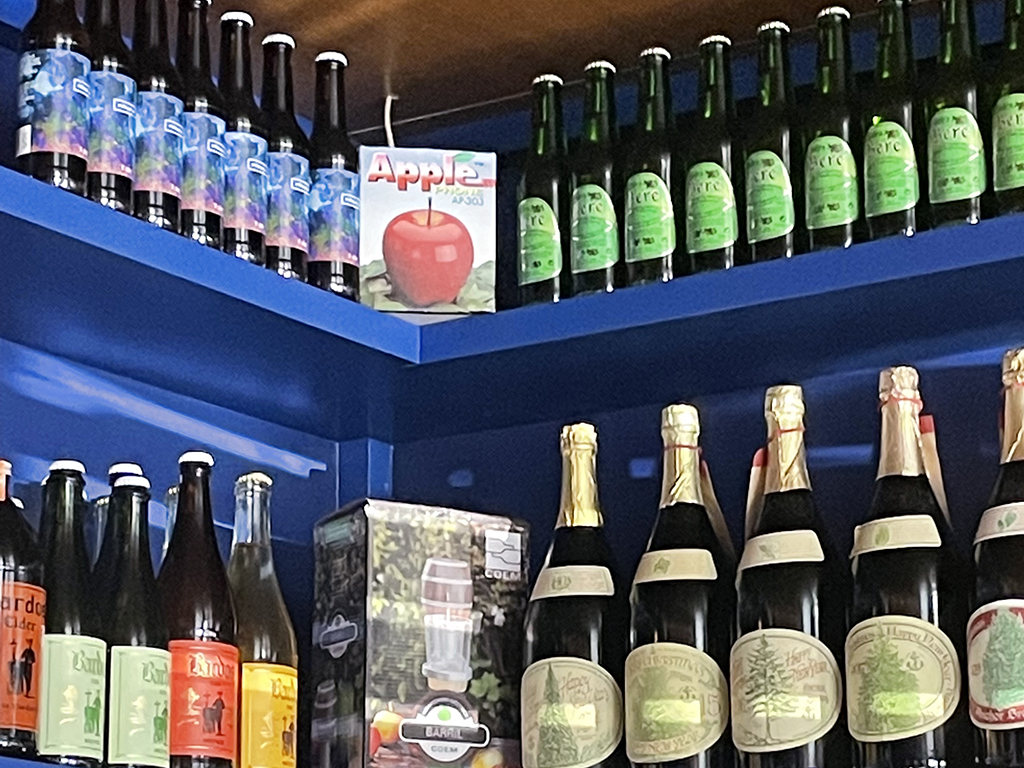
Teaghan Skulszki
“Cider is as simple as taking apples and juicing them, and leaving the juice out in room temperature to ferment naturally,” Coll says. At its core, cider is fermented apple juice, though similarly to wine, the opportunities to tailor its flavor and body are endless because what makes good cider is based on the fruit. Original Sin ciders are made with a single varietal (or type) of apple, which helps to create a consistent flavor profile across each batch.
Though no two apple types are the same, “12 apple varieties in the country represent 88% of U.S. sales. The average American has only had six varieties of apples in their lifetime,” Coll says, “but there are over 7,500 named varieties of apples. The depth of what apples can be is extraordinary.”
To Coll’s point, I think I can only name a handful of apple varieties: granny smith, red delicious, pink lady, opal—OK, that’s all I’ve got—but that’s what makes the depth of cider so interesting: its adaptability. The word varietal is often used in winemaking to describe a wine made of a single named grape, and the same can be used for cider. With so many types of apples growing throughout the U.S., alcoholic ciders can range in flavor. Some may be more acid forward, while others offer sweeter notes or more subtle flavor that reminds us of a light beer.
Similar to natural wines, few things are added to the pressed juice to help guide its fermentation. If you take the juiced apples and allow them to sit unbothered for some time, they will naturally ferment on their own, even without added yeasts.
Smith takes a unique approach to making ciders that keeps flavor at the forefront. “Unlike commercial ciders, we don’t add yeast, sugar or artificial acids, and we don’t force carbonate,” Smith says. “Son Of Man has two simple ingredients—apples and time. The cider ages for six months and gains complexity, softness and nuance over time.”
Simply put, cider is apple juice that undergoes a process of fermentation, which turns it into a low-alcohol beverage that is delicious and as old as time.
These Apples Are Not for Eating
When it comes to apples used and harvested for cider, they are the opposite of the ones we would pick up and take a bite of. “The apples that make the best cider are called ‘spitters.’ These apples would not make great eating apples because they’ll be bitter or otherwise undesirable for eating.” Jordan tells us. This is another similarity between wine and cider: A cabernet grape tastes nothing like a cotton candy grape you might find at a grocery store.
“Cider is wine, just made from apples. Sagardoa—the Basque word for cider—is the literal translation of Sagar, apple, and Ardoa, wine. Fresh cider apples, harvested once a year like wine grapes, are pressed and fermented.” Smith says, reminding us that wine can also be just as simple as taking ripe fruit and harvesting at the perfect time for fermenting.
As far as Western ways of making cider, it’s a bit new due to historical setbacks. “The USA lost many varieties of its cider apples during Prohibition,” Lee says, “because the cider apples were not suited for eating or baking and growers could not legally make alcohol from them. Other countries did not lose this lineage.” With that setback, we lost many old world ways of cider making that had been brought to the states. What we were left with post prohibition were ciders that were more of syrupy and sugary concoctions than pure fermented juice.
A Cider Vocabulary Lesson
Now that you know there is more to cider than meets the eye (or the apple), let’s break down some common terms you might hear as you start exploring. “The language for cider is similar to that used to describe beer and wine,” Lee says, “such as nose, body, mouthfeel, aroma, finish, tannins, legs, etc.” While the meaning and usage of these words are similar across alcohols, we’re going to offer some cider-specific definitions from Lee and Jordan.
Nose: The aroma or smell of a cider.
Body/Mouthfeel: The feel of the beverage in the mouth; it’s weight, viscosity, carbonation levels, clarity, etc.
Finish: Residual flavors or sensations. How the mouth feels and the tastes left in the mouth once it is swallowed.
Acid/Sour: Ciders fermented with wild yeast (not commercial controlled yeasts) generally will end up sour or funky.
Funk: A catch-all term used to signal the presence of flavors not seen in usual commercial offerings. Typically used to describe “wild” flavors generated from the presence of the unpredictable and naturally occurring yeast strains.
Top-Notch Tasting Tips
You’re basically a cider specialist at this point, so it’s time to get to tasting. You can stop in to Alma’s in East Los Angeles for a sip of each of their draft ciders, or grab a few different cans and set up a tasting at home. Either way, keep these tips in mind:
“Look for balance, something where the sweet and sour flavors are combined to make the drink refreshing,” Coll says. “You’re looking for tannins, which are sort of like the puckering you get from strong tea in the back of your throat.”
The same way we might slurp wine to get the acids to come forward, you’ll want to slurp or gurgle cider to assess flavor and sweetness before gulping it down. You can also take note of the carbonation level when you’re tasting. To start, try asking yourself: How does more or less carbonation affect the sweetness and dryness of the cider? More bubbles might mean a little more dry; less might allow you to take note of more sweetness.
In terms of drinking cider straight from the can or bottle, “You get just as much refreshment, and way more flavor and aroma if the bottle or can is allowed to hang out on the counter for 10 minutes after being removed from the fridge,” Smith tells us. “They aren’t meant to age in your cellar for 15 years. They are meant to be consumed fresh, ideally with good food and better friends!”
Since your ciders don’t need to be ice cold, they make for a perfect match for the cooler at your next outdoor gathering or backyard barbecue.
Cider Cans to Start With
Alma’s carries dozens of ciders. If you can’t make it to the bar in Virgil Village, we’ve got a couple of suggestions from the co-owners for cans you can find nationwide. While you may want to order some online, or check specialty cider and beer sites for availability, we suggest starting with their selects to broaden your cider scope.
Shacksbury Vermonter
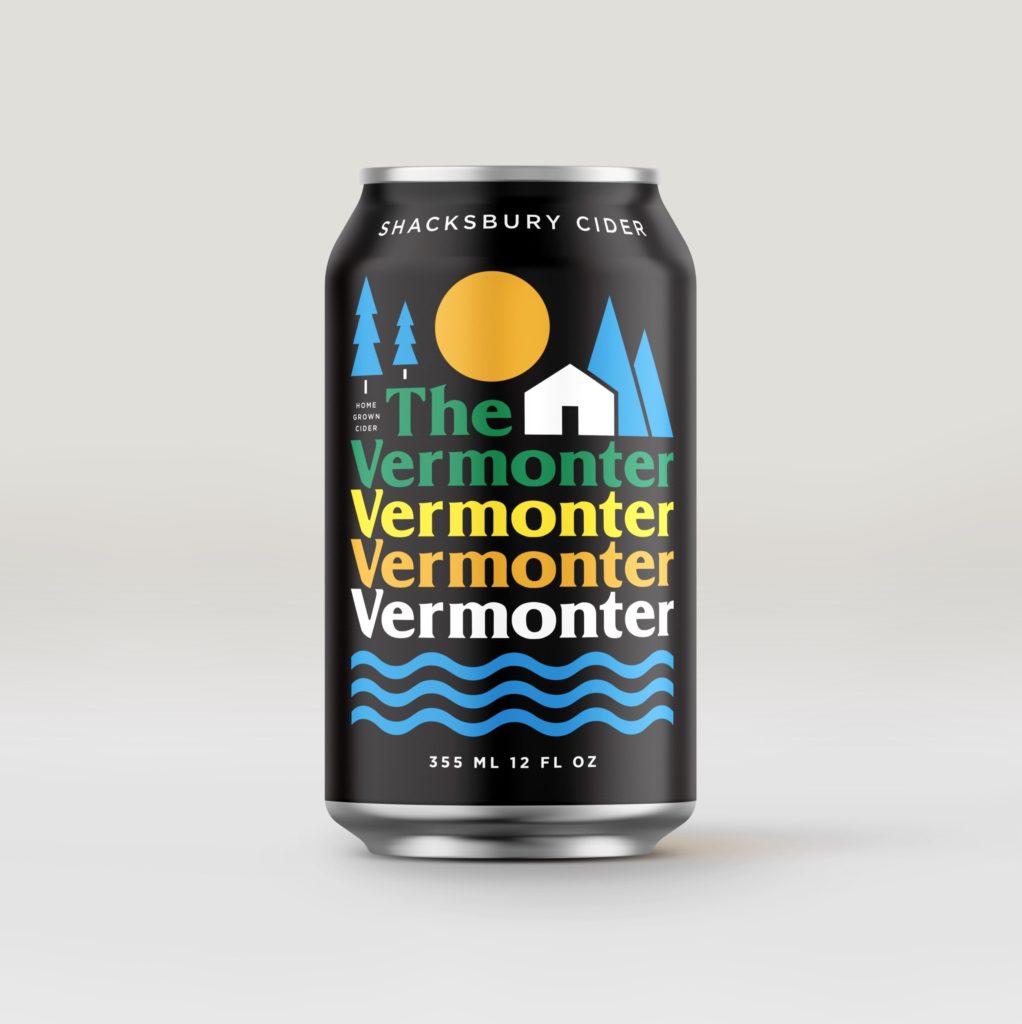
Shacksbury
The Vermonter is a dry gin botanical cider made by slowly fermenting apples and adding juniper berries. The result is homegrown but refined, with a taste of alpine meadows, spring wildflowers, and the Green Mountains themselves.
101 Cider Scrumpy
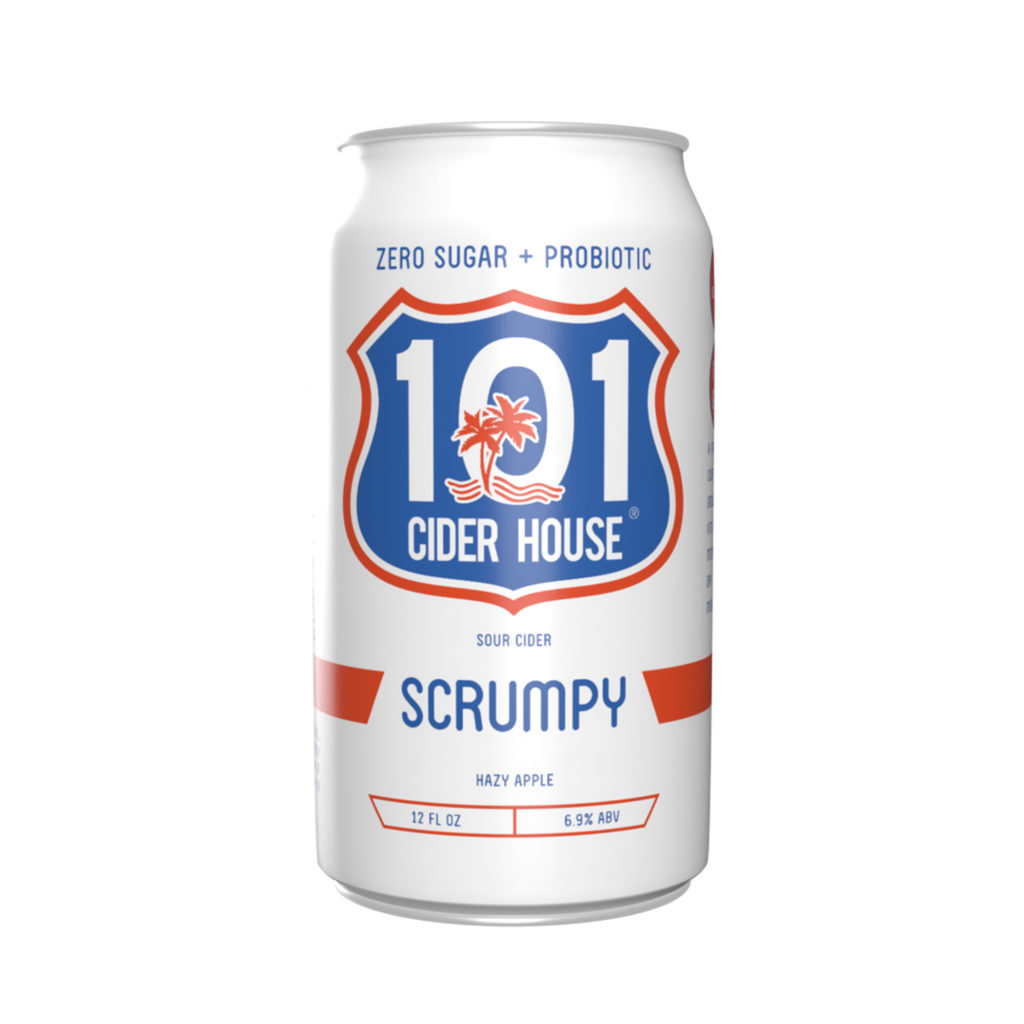
101 Cider House
The Scrumpy from 101 Cider House is a farmhouse-style cider that celebrates traditional practices. Fresh apples grown along Highway 101 are cold-pressed in Los Angeles into a delicious raw juice. The juice undergoes several months of spontaneous fermentation and is left bone dry. Full of barnyard character this cider is perfect for the sour beer lover or the sparkling wine connoisseur.
Phonograph Harvest

Phonog
The Harvest cider is one of few Phonograph brews in a can, made with all east coast apples. This cider is refreshing, complex, semi-dry, and unfiltered.
Abandoned Classic
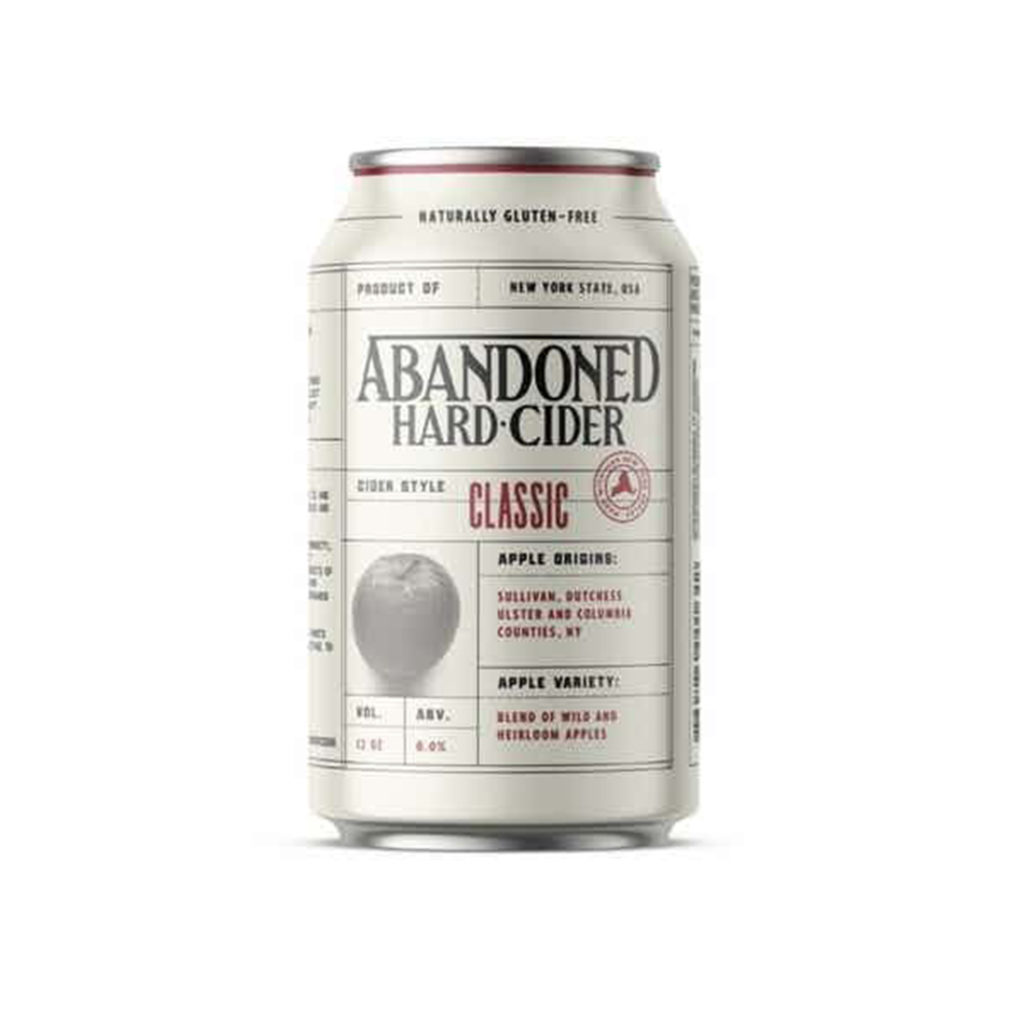
Abandoned Hard Cider
The Classic cider from Abandoned one is made from more than 100 varieties of apples collected in wild and abandoned orchards throughout New York’s Catskill Mountains and Hudson Valley.
Peckhams Feijoa
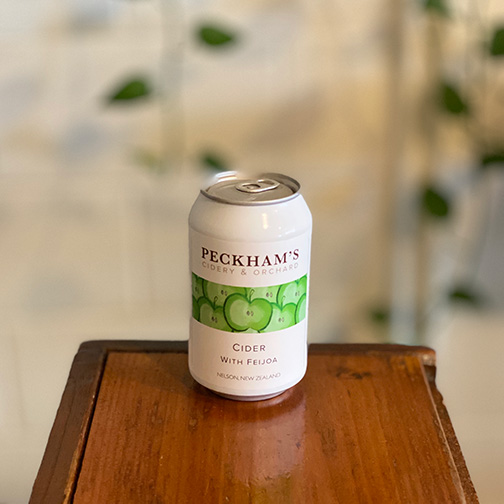
Peckham’s makes its cider in a family cidery based in New Zealand from tree-ripened heritage apples, with a generous dash of feijoa, a type of guava. Native to South America, the feijoa grows well in Moutere, where the cidery is located. Its distinct, tangy flavor has been compared to that of Kiwi, and its tropical notes resonate well in this pure apple cider.
Son of Man Sagardo
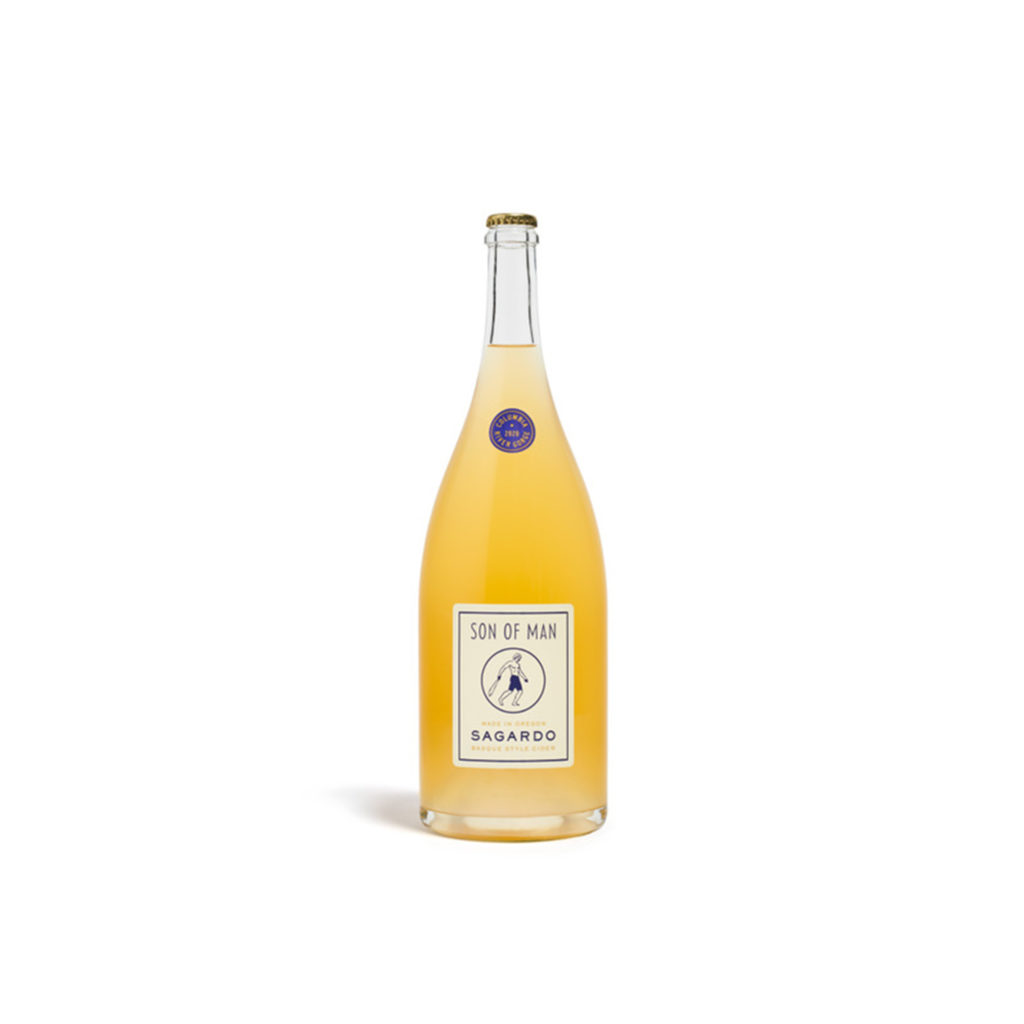
Son of Man
Sagardo is Son of Man’s flagship product and Pacific Northwest homage to the ciders its team loves so much from Spain’s Basque Country. Sagardo balances tropical fruit flavors with prickly acidity and funk, making it the ideal bottle for the dinner table. The pour-top cork adds theater to the meal, allowing you to long pour from above.
Anxo District Dry
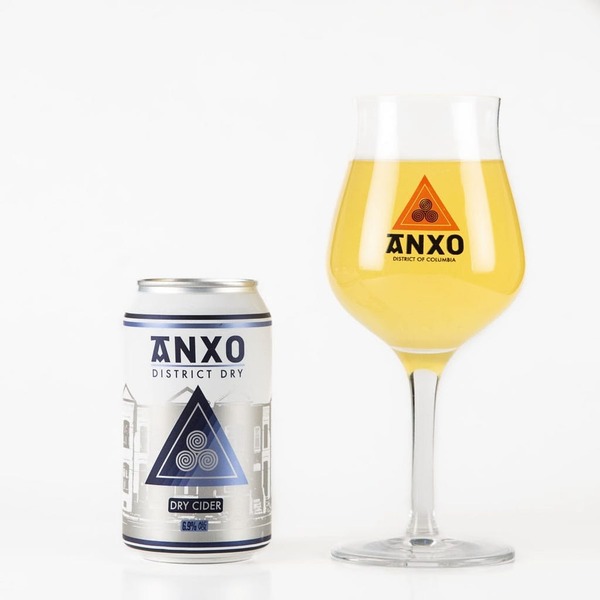
Anxo
ANXO makes cider in Washington, D.C., much like vintners make natural wine, using only apples and yeast. Its District Dry is a blend of locally sourced heirloom apples. Fermented in stainless steel or wood vessels, the result is sugar-free, gluten-free, low-carb, and is as complex as wine and sessionable as beer.
Original Sin Northern Spy Unfiltered Cider
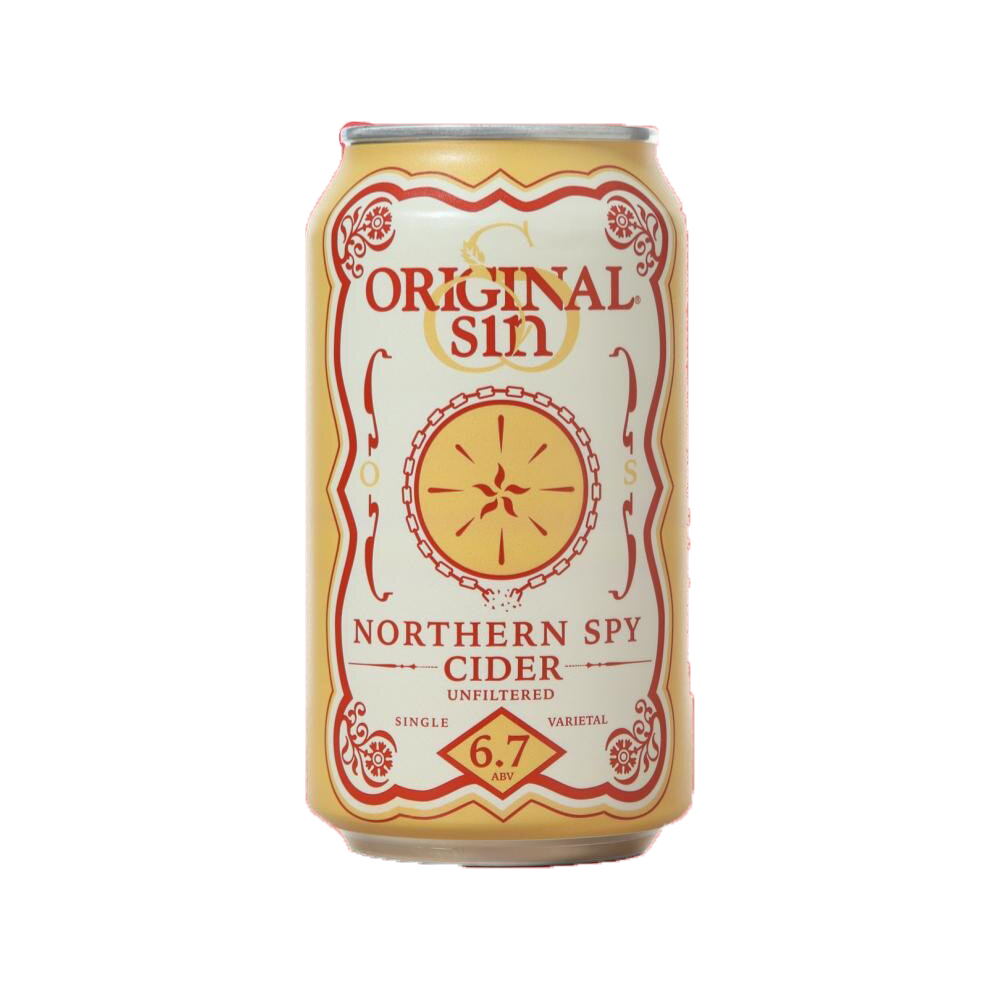
The Northern Spy apple is one of those rare varieties that make for an amazing cider apple as well as an apple you can take a bite out of or cook with. This cider from Original Sin offers a rather high alcohol level for a cider at 6.7%, though we can attest that to the delicious dry apple flavor that comes from the Northern Spy.
Bardos Winter Walker
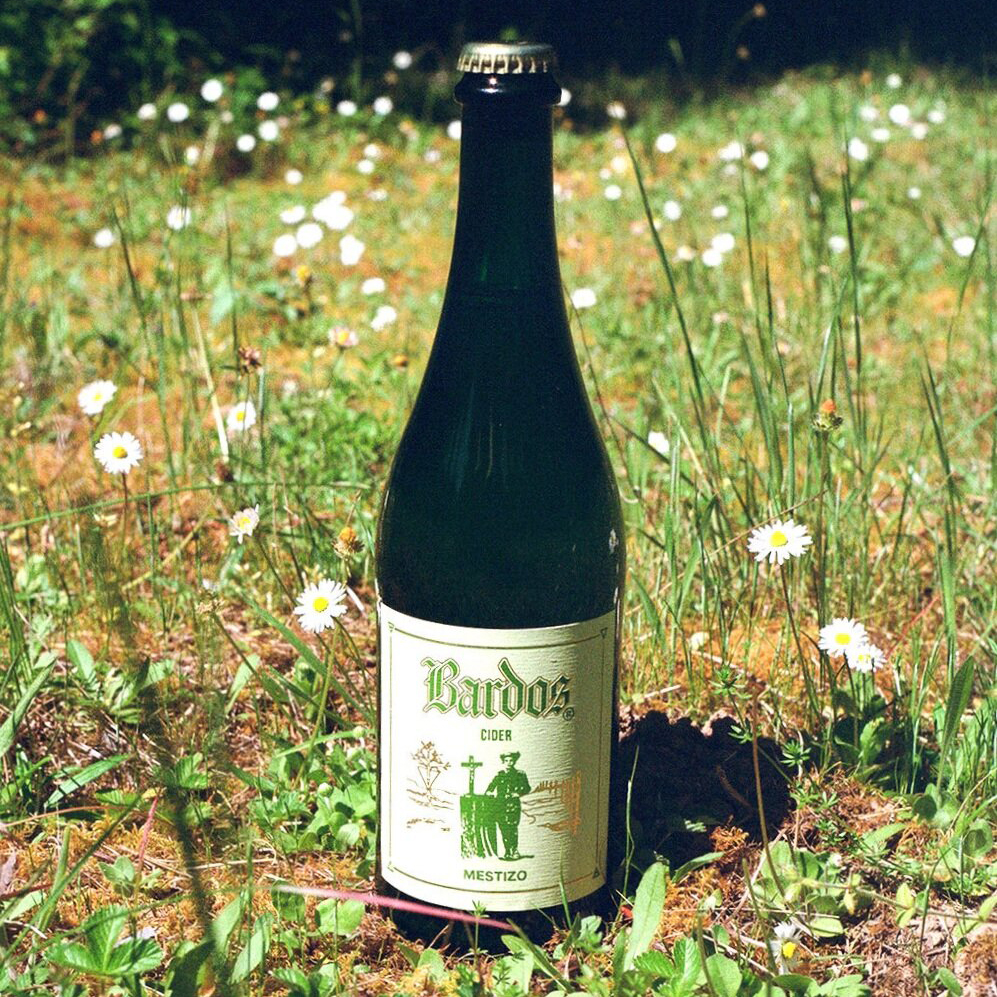
Bardos Cider
Bardos has made multiple Winter Walkers over the years. The 2020 version of Winter Walker has high tannins from apples acquired from the historic Walker Family Farm. They source all of the apples for their line of ciders from orchards across California. Only aged for six weeks this time in stainless, the result is a clean and complex cider with floral notes on the nose and a dry finish.
